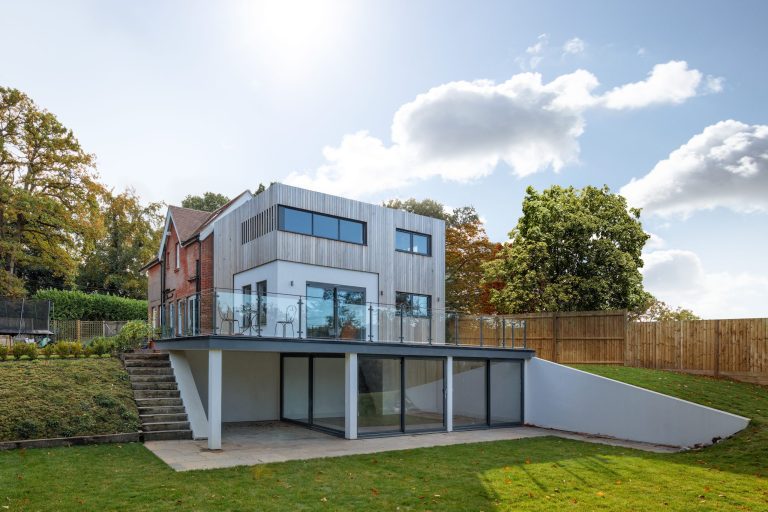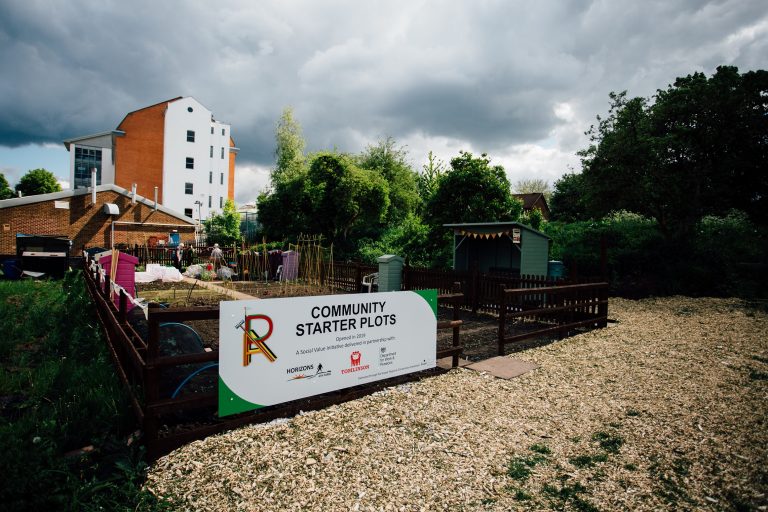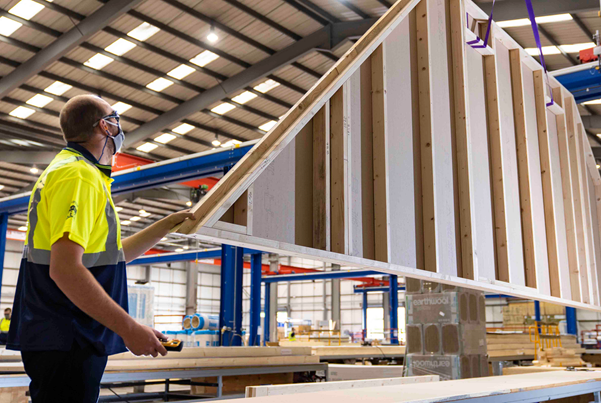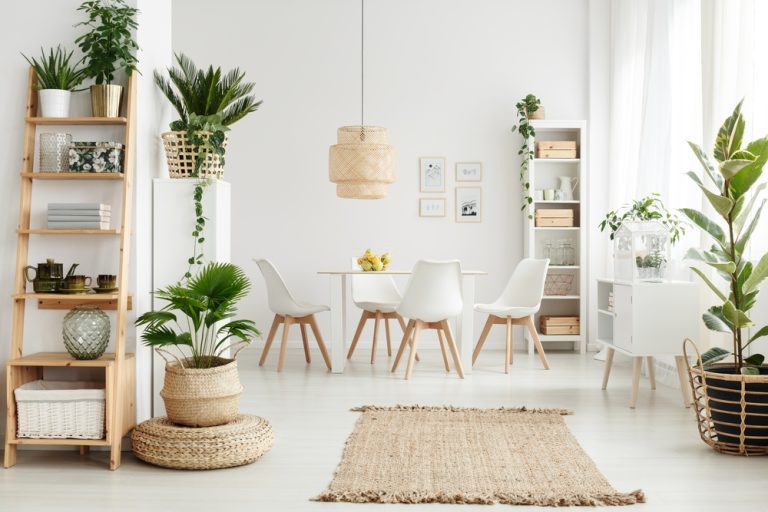Improving property value is key for one in five Brits who decide to take on DIY home renovations according to recent research gathered by Estate Agents Douglas & Gordon. In fact, since last March, Britons have spent an average of £4,035.70 each on DIY projects. The trend has continued into 2021 as Brits remain in lockdown, but the good news is that research suggests those who get their DIY home renovations right can enjoy as much as a £50,000 increase in their property value. With 60% of Brits grabbing their drills, screwdrivers, hammers and saws, what home renovation ideas have the UK’s DIYers been spending their time on? To find out, Douglas & Gordon have investigated which DIY home projects Brits are searching for the most has the biggest added property value: 1. DIY Home Office: +80% Increase in Searches (Up to £20,000) Naturally, those working from home want a comfortable, practical office space to work from — whether that’s a corner unit or an entire office extension. And the investment is worth it. A home office extension could boost your property price by an average of 8.4% (around £20,000 for the average UK home). This number may only increase with more people working from home permanently. 2. DIY Plumbing: +33% Increase in Searches (Up to £7,000) From clogged drains to installing a whole new toilet, there are plenty of plumbing repairs and installations that can be done yourself, potentially saving hundreds in repairman costs. Simple tweaks like new taps and showerheads can add as much as £7,000 to your property’s value. 3. DIY Gardening: +21% Increase in Searches (Up to £2,000) Gardening has been more popular than ever during lockdown. Brits are even planning to use their gardens in the chillier winter months, with searches for outdoor heating up 300%. And while gardens are notorious for ongoing work and maintenance, the payoff can be worth it. A well-kept garden can add as much as £2,000 to your property’s value, with sheds, patio/paving and secure fencing being essential features to buyers. 4. DIY Lighting: +19% Increase in Searches (Up to £7,200) LEDs, overhead lighting, up-lighters, table lamps and pendants are easy and simple ways to highlight features, soften the mood and create a warm, homely atmosphere. Plus, making rooms look light, bright and inviting is essential to appealing to buyers and getting the best value possible for your property. LED lighting can boost value by 1–3% (£7,200 for the average UK home). 5. DIY Extension: +13% Increase in Searches (Up to £20,000) Adding an extension to a property is a hefty task, but there’s no better time to do so. Single storey extensions add around 4–7% to a property’s value. Even better: double-storey extensions add as much as 11% — about £26,000 for the average UK home. 6. DIY Deck: +12% Increase in Searches (Up to £5,000) Decking has the potential to add as much as £5,000 to the value of your home. It’s essential to pay attention to these details, as buyers definitely will! 7. DIY Plastering: +7% Increase in Searches (Up to £2,500) When done well, good plastering makes a house more durable and reduces how much maintenance must be done, increasing the value of a home by around £1,000–£2,500. “2020 and 2021 has seen us spending more time at home than ever before. As a result, more people have tried their hand at DIY to improve their homes and make them more comfortable. We applaud anyone who takes the time to improve their living space; however it’s important to note that DIY isn’t as simple as it seems, and that if you’d like to add genuine value to your home, it’s worth consulting with an expert. If you are renovating to sell your home, we recommend finding out the value of your home before you undertake any serious renovations, so you can focus your time and energy on the areas that can add the most value,” commented on the research, Warren McCann, Area Director at Douglas & Gordon.














